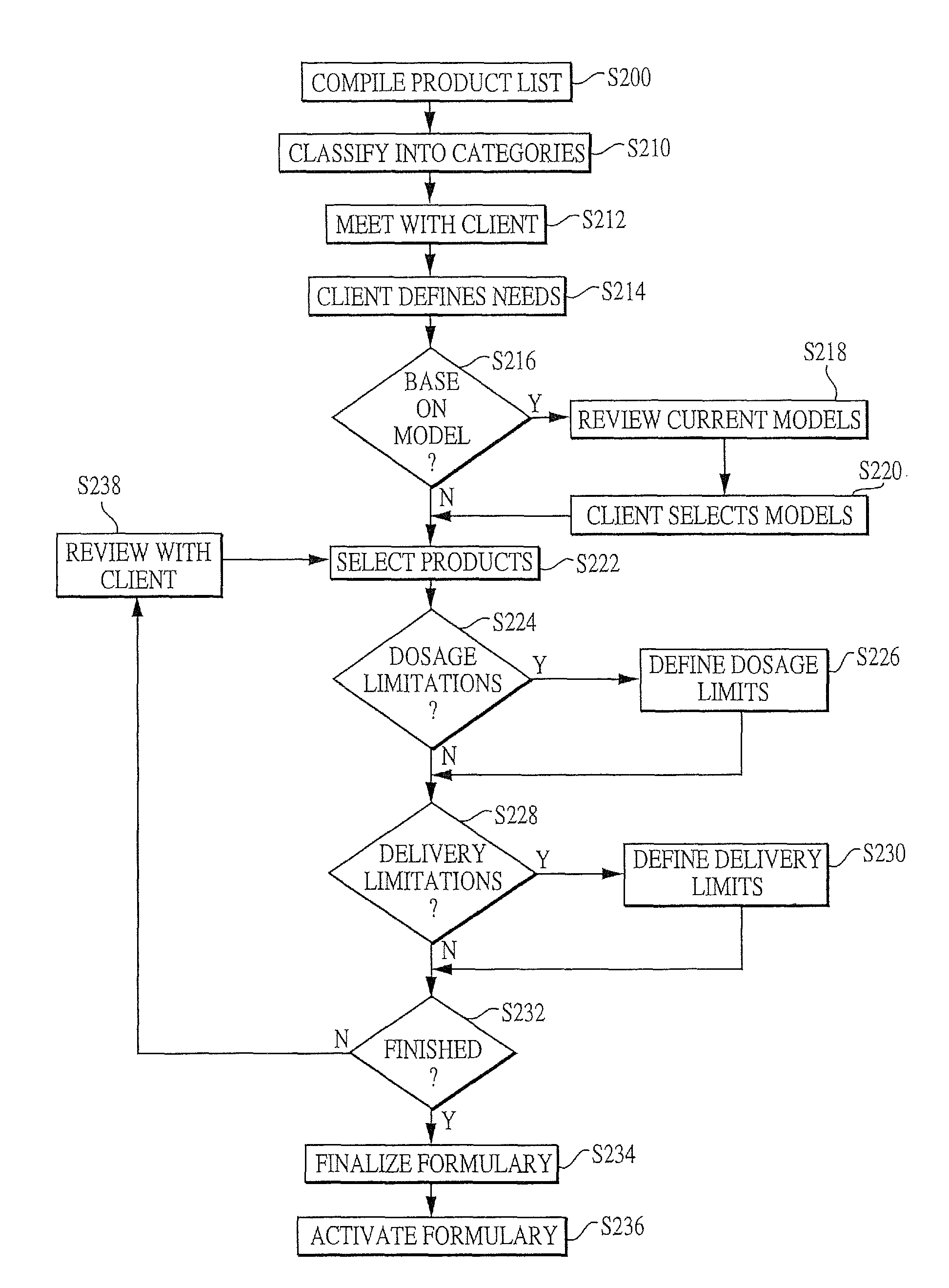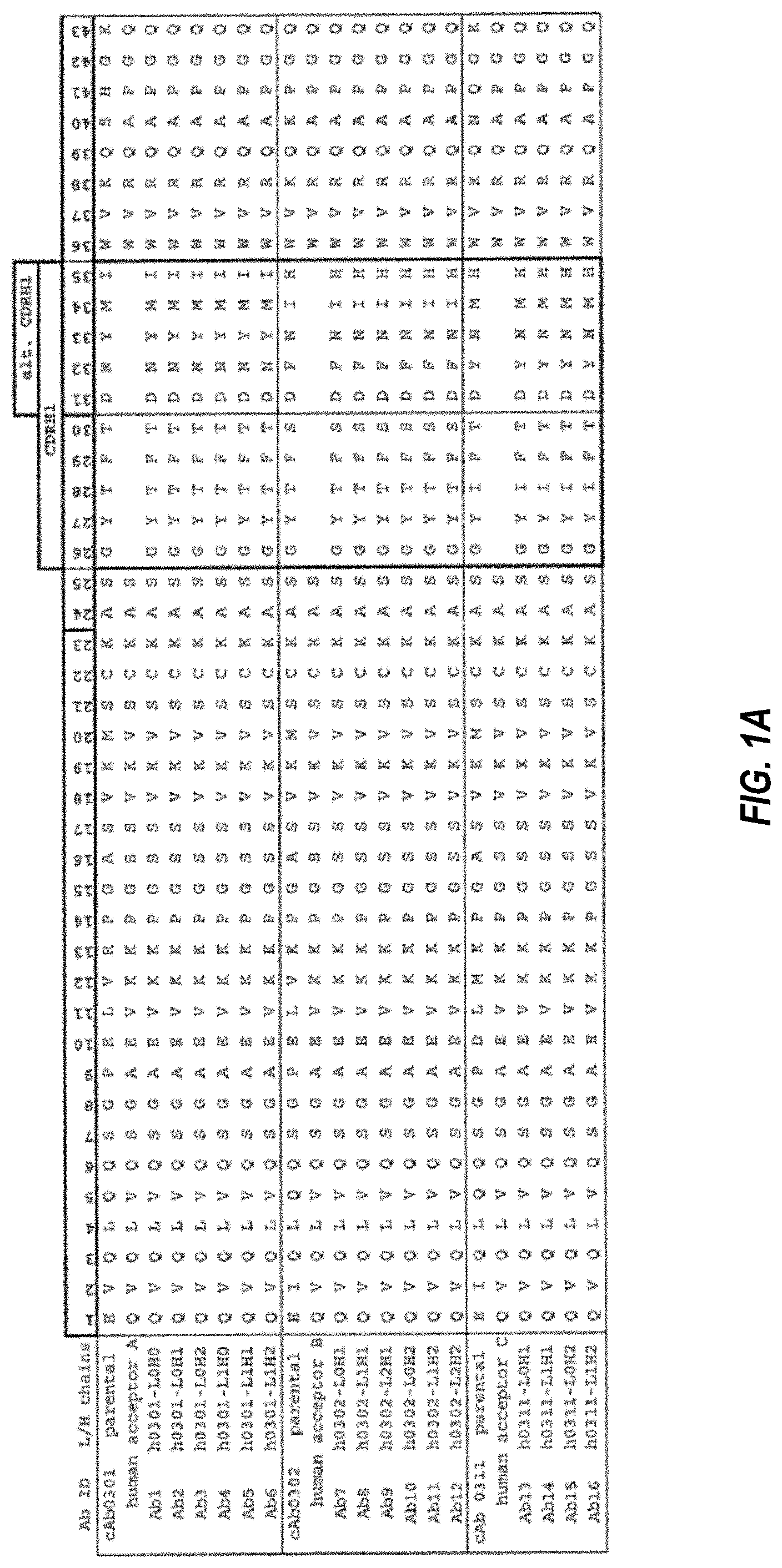Invented by Kenneth J. Brown, William D. Tobin, Glen D. Stettin, Roselin Daniel, Medco Health Solutions Inc, Express Scripts Strategic Development Inc
One of the key factors driving the market growth is the rising need for precise and reliable formulation in industries such as pharmaceuticals, cosmetics, food and beverages, and chemicals. These industries require accurate measurements and proportions of ingredients to ensure the quality and effectiveness of their products. Apparatus for formulating formulae provides the necessary tools and technology to achieve this level of precision.
Moreover, the growing emphasis on automation and digitization in manufacturing processes has further fueled the demand for advanced formulation apparatus. These devices are equipped with sophisticated software and sensors that enable real-time monitoring and control of the formulation process. This not only enhances accuracy but also improves productivity by reducing human errors and minimizing wastage.
Another significant factor contributing to the market growth is the increasing focus on research and development activities. As industries strive to develop innovative products and formulations, the need for advanced apparatus becomes paramount. These devices enable scientists and researchers to experiment with different ingredients and proportions, helping them to discover new formulations and improve existing ones.
Furthermore, the market for apparatus for formulating formulae has witnessed a surge in demand due to the growing trend of customization and personalization in consumer products. Consumers today are seeking products tailored to their specific needs and preferences. This requires manufacturers to have the capability to formulate and produce a wide range of customized products efficiently. Apparatus for formulating formulae enables manufacturers to achieve this level of customization by providing the necessary tools and technology to create unique formulations.
In terms of geographical demand, the market for apparatus for formulating formulae is witnessing significant growth in both developed and developing regions. Developed regions such as North America and Europe are early adopters of advanced manufacturing technologies and have a strong presence of industries requiring precise formulation. On the other hand, developing regions such as Asia Pacific and Latin America are experiencing rapid industrialization and are witnessing a surge in demand for advanced formulation apparatus.
However, the market for apparatus for formulating formulae is not without its challenges. The high initial cost of these devices and the need for skilled personnel to operate them can act as barriers to market growth. Additionally, the stringent regulations and standards imposed by regulatory bodies in various industries can also pose challenges for manufacturers in this market.
Overall, the market for apparatus for formulating formulae is poised for significant growth in the coming years. The increasing demand for precision, automation, and customization in various industries, coupled with advancements in technology, will continue to drive the market forward. Manufacturers in this market need to focus on innovation, cost-effectiveness, and compliance with regulations to capitalize on the opportunities presented by this growing market.
The Medco Health Solutions Inc, Express Scripts Strategic Development Inc invention works as follows
A system for creating formularies” is disclosed. The system includes at least one computer and a central computer. The central computer system creates a list with different pharmaceutical products, and sorts them into categories. Formularies are created by selecting the products or categories that will be covered. Coverage is accepted or denied when prescription claims arrive based on the formulary.
Background for Apparatus for formulating formulae
1. “1.
The present invention is related to prescription benefits and, more specifically, to an apparatus and a method for creating and maintaining formularies which define prescription drugs and treatment supported by prescription benefit program.
2. “2.
Employers often offer employees a variety of benefits when they begin their employment. The benefits usually include a package that covers prescription drugs and healthcare. Healthcare packages are generally offered by healthcare providers. The type of coverage provided to an employee depends on several factors including the coverage program that the employer has negotiated. Benefits can vary depending on medical coverage, prescription medications, etc. The specific benefits you request will also directly affect the cost of your coverage.
The healthcare provider may place restrictions or limitations on prescription drugs and medication that an employee is allowed to take, regardless of whether the insurance plan covers it. These restrictions will determine if the healthcare provider covers the full cost of a prescribed medication or only a portion. The healthcare provider, for example, may refuse coverage for a brand-name prescription product while setting different copay levels for generics or substitutes. Formularies are used by healthcare providers to determine which prescription products and treatments a plan will cover. A formulary is an extensive list of pharmaceuticals that can be included in a prescription plan provided to employers. Formulary products can be both generic and brand-named. Formulary products are chosen in part based on their safety, effectiveness, and price. Formularies are also used to determine hierarchies for the co-pays that healthcare providers will cover.
Designing a new formulation typically requires reviewing hundreds, and in some cases thousands, of prescription products (e.g. pharmaceuticals) according to their assigned National Drug Codes (NDC). The term “pharmaceutical product” is used in this document to refer to any treatment, product or therapy which has been assigned a National Drug Code. The healthcare provider’s prescription coverage plans can cover hundreds, and even thousands of products. The healthcare provider also has to define the rules for how new products are treated in a formulary. The design and implementation process of prescription coverage formularies can take a lot of time. This complexity is further complicated by the fact that healthcare providers have many clients who may each request different prescription plans.
Numerous difficulties have been encountered when creating and modifying formulations.” The current assignee used a process that involved intensive dialogue or interaction with healthcare providers to create and modify the formulary of each prescription coverage plan. The large number of products regulated by the government has made this process time-consuming and complex. There are more than 140,000 NDC-identified products that could require individual review by a healthcare provider.
Traditionally, a healthcare provider would meet a Clinical Account Executive (CAE) in order to discuss the requirements of the prescription insurance plan. The essence of the conversation, or even the actual discussion, is captured and turned into a computer-readable document. The formulary operations staff, or programmers would review the document to determine if there is enough information in it to create a formulary. The programmers will compare the information in the document to clinical data in an Integrated Drug File, or IDF, in order to determine what name-brand products, generics etc. should be included in a formulary for a prescription coverage plan. The formulary should include the name brand products, generics, etc. The result is a temporary formulation that’s constantly exchanged by CAEs and Programmers for review and modifications.
Once the CAE has approved the temporary formulary it should be discussed with the healthcare provider. The process must be repeated again until the healthcare provider has been satisfied. Dialog between parties can last for many weeks or even months in order to develop and/or modify a formulary for one prescription coverage plan. The information must also be in a tangible format, such as paper or another tangible medium, so that the healthcare provider can review it and make any necessary modifications. The NDC identifiers for all products included in the prescription coverage plan should be checked and marked to indicate inclusion or exclusion from the formulary. Data accuracy is often a concern.
It can take many months to maintain and modify formularies in order to meet client needs. The inherent error-proneness of formularies cannot be completely eliminated. These errors can also lead to higher costs and liability exposure for healthcare providers. These costs can accumulate over time, especially when formularies take a long time to develop.
Accordingly, there is a need for an efficient system that can quickly create prescription formularies.
There is also a need for an automated system that will minimize the time needed to create a formulary, while giving access to all NDC-identified products.
There is a need for a formulary template system that allows healthcare providers to quickly modify it to meet client needs.
There is a need for a system that can automatically incorporate newly approved products in an existing formulary.
It is a feature and an advantage of this invention that it addresses at least some of these shortcomings in the prior art when constructing prescription formulations.
It is an optional feature of the invention that it can quickly and efficiently create prescription formularies.
It is an optional feature of the invention that a system can be provided which reduces the time needed to create a formulation while allowing access to all the products with NDCs.
It is an additional optional feature and benefit of the present invention that it provides a system to allow healthcare providers to create formulary template which can be modified quickly to suit client requirements.
It is an additional optional feature and benefit of the invention to provide a method that automatically incorporates newly approved products into a formulary.
The present invention addresses at least partially the above and other needs. Pharmaceutical products with NDC identifiers can be sorted into predefined subcategories and categories based on relational characteristics that are predetermined, so that related groups of products can either be selected simultaneously or individually for inclusion in a formulary.
According to an aspect of the invention a method for constructing a formulation consists of: compiling list of pharmaceuticals; sorting them into at least a category based upon predetermined relational properties; and selecting from that category a plurality pharmaceuticals, which will be supported by formulary. This method allows healthcare providers quickly and efficiently create formularies. The healthcare providers can also offer a larger number of prescription plans that better meet patient needs.
Click here to view the patent on Google Patents.









